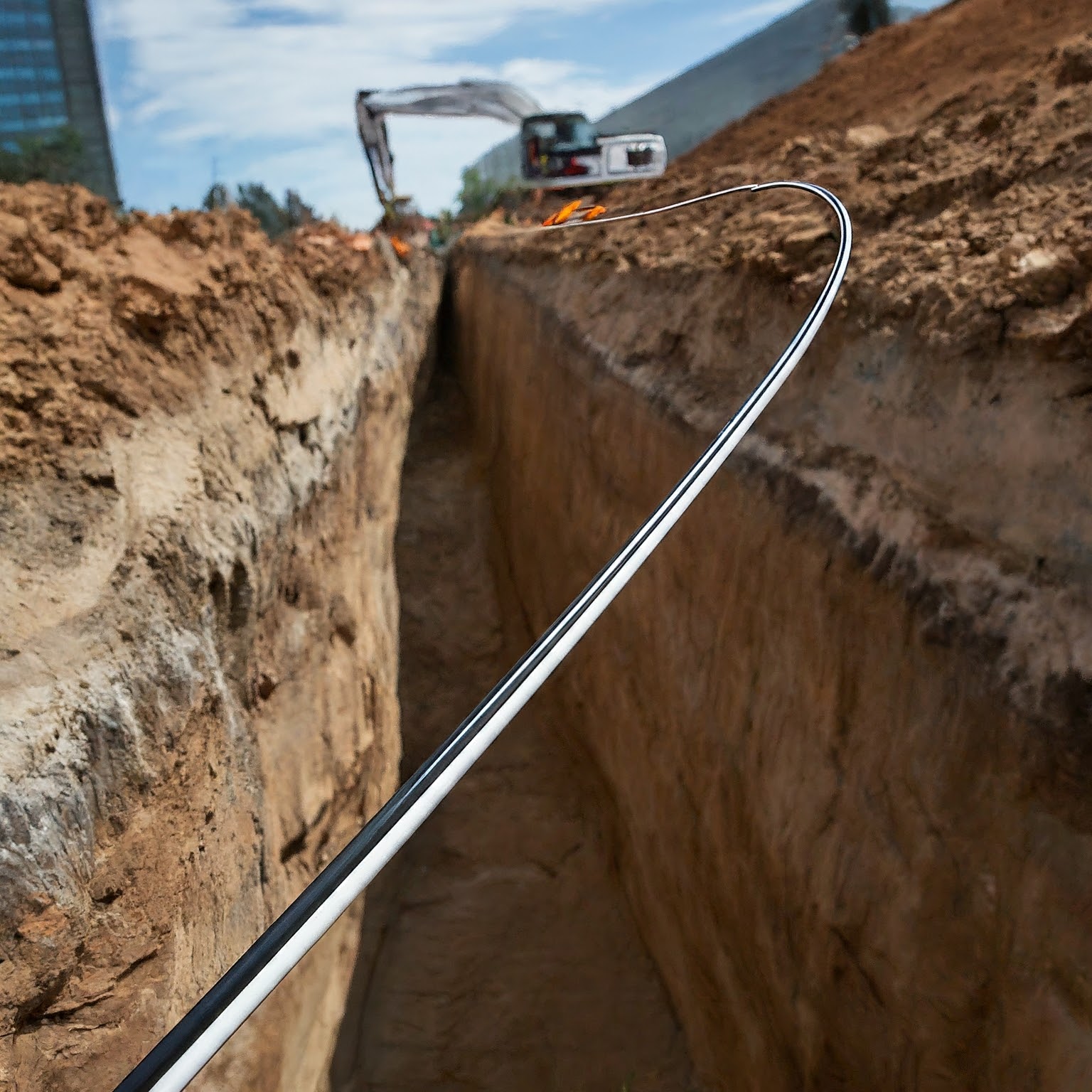Vermont, often celebrated for its natural beauty and quaint communities, presents unique challenges when it comes to internet connectivity. Its rugged terrain and dispersed population density can make finding reliable, high-speed internet providers a daunting task. However, Vermonters have a growing number of options for accessing the digital world.

This article aims to provide a comprehensive overview of internet providers in Vermont, highlighting key players, technologies, and considerations to help you make an informed choice.
Understanding the Landscape
Challenges of Internet Access in Vermont
Vermont’s topography poses a significant hurdle to widespread broadband deployment. The Green Mountain State’s hilly terrain and dense forests can obstruct wireless signals and make laying fiber-optic cables expensive and time-consuming. Additionally, serving a sparsely populated state with many small towns and rural areas can be financially challenging for internet providers.
The Role of the Vermont Community Broadband Board (VCBB)
The VCBB is instrumental in expanding broadband access throughout Vermont. It supports the development of Communication Union Districts (CUDs), which are municipal entities working to build and operate community-owned broadband networks. The VCBB also provides grants and technical assistance to broadband projects.
Types of Internet Connections
Fiber-Optic Internet
- Pros: Fiber offers the fastest and most reliable internet speeds, with symmetrical upload and download speeds. It’s future-proof and ideal for bandwidth-intensive activities like streaming, gaming, and video conferencing.
- Cons: Deployment can be expensive and time-consuming, particularly in rural areas.
Cable Internet
- Pros: Widely available in more populated areas, offering decent speeds and reliability.
- Cons: Speeds can vary depending on network congestion. Upload speeds are typically slower than download speeds.
DSL Internet
- Pros: Often available in areas where cable and fiber aren’t. Relatively affordable.
- Cons: Slower speeds, particularly upload speeds. Performance degrades with distance from the central office.
Fixed Wireless Internet
- Pros: Can reach remote areas where wired connections are impractical. Offers decent speeds.
- Cons: Susceptible to weather interference. Speeds can fluctuate based on network congestion and line-of-sight obstructions.
Satellite Internet
- Pros: Available virtually anywhere, making it an option for the most remote locations.
- Cons: High latency (delay), making it less suitable for real-time applications like gaming and video conferencing. Data caps and usage restrictions are common.
Major Internet Providers in Vermont
Consolidated Communications
- Technology: Primarily DSL, with fiber expansion in select areas.
- Coverage: Serves many towns and cities throughout Vermont.
- Pros: Established provider with local customer service.
- Cons: DSL speeds can be limited. Fiber availability is still limited.
Comcast Xfinity
- Technology: Cable internet.
- Coverage: Available in more populated areas, including Burlington and surrounding towns.
- Pros: Fast download speeds and wide availability.
- Cons: Upload speeds are typically slower. Data caps may apply.
Viasat
- Technology: Satellite internet.
- Coverage: Statewide coverage, including remote areas.
- Pros: Accessible in areas with limited or no wired options.
- Cons: High latency and potential data caps.
HughesNet
- Technology: Satellite internet.
- Coverage: Statewide coverage, including remote areas.
- Pros: Accessible in areas with limited or no wired options.
- Cons: High latency and potential data caps.
ECFiber
- Technology: Fiber-optic internet.
- Coverage: Expanding network serving several towns in East-Central Vermont.
- Pros: Blazing-fast, symmetrical speeds. Community-owned and operated.
- Cons: Availability is still limited to specific areas.
Other Notable Providers
- NEK Broadband: Fiber-optic internet in the Northeast Kingdom region.
- Otter Creek Communications: Fiber and fixed wireless in parts of Addison County.
- Maple Broadband: Fixed wireless in parts of Southern Vermont.
- FirstLight: Fiber-optic internet for businesses in select areas.
Factors to Consider When Choosing an Internet Provider
Speed and Bandwidth
Consider your household’s internet usage. Streaming, gaming, and multiple users require higher speeds and bandwidth. Fiber-optic is ideal for high-bandwidth needs, while cable and fixed wireless can suffice for moderate usage.
Availability
Not all technologies and providers are available in every location. Check coverage maps and inquire about specific addresses.
Reliability
Fiber and cable tend to be more reliable than wireless options, which can be affected by weather and congestion.
Price
Compare plans and pricing from different providers. Factor in installation fees, equipment rental costs, and any promotional offers.
Customer Service
Read reviews and consider providers known for good customer support. Local providers may offer more personalized service.
Data Caps and Usage Restrictions
Some providers impose data caps or usage restrictions, particularly with satellite internet. Choose a plan that accommodates your data needs.
Contract Terms
Be aware of any contract terms, early termination fees, and price increases after promotional periods.
Tips for Improving Your Internet Experience
- Upgrade your equipment: An outdated router or modem can bottleneck your internet speeds. Consider investing in newer equipment.
- Optimize your Wi-Fi network: Position your router centrally, use a strong password, and consider a mesh Wi-Fi system for larger homes.
- Minimize interference: Devices like microwaves and cordless phones can interfere with Wi-Fi signals. Keep them away from your router.
- Contact your provider: If you experience slowdowns or connectivity issues, contact your provider for troubleshooting assistance.
The Future of Internet in Vermont
Vermont is actively working to expand broadband access throughout the state. The VCBB and CUDs are making significant strides in deploying fiber-optic networks, and fixed wireless technology is improving, offering faster speeds and greater reliability.
While challenges remain, the future looks promising for internet providers in Vermont. With continued investment and collaboration, Vermonters can look forward to a more connected future, unlocking the full potential of the digital age.
Conclusion
Choosing the right internet provider in Vermont requires careful consideration of your needs, location, and available options. By understanding the different technologies, providers, and factors influencing your internet experience, you can make an informed decision and enjoy a reliable, high-speed connection.
لا تعليق